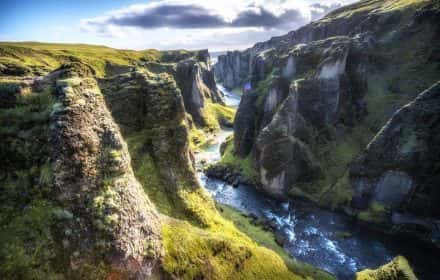This site uses affiliate links, meaning that if you make a purchase through our links, we may earn an affiliate commission.
Iceland is an amazing country with unique natural landscapes and rich culture.
There’s so much to know about Iceland and consider before planning a trip, however, with these 22 Iceland travel tips for first timers, you will make the most of your time, avoid possible challenges, and ensure you have a safe and enjoyable stay in Iceland.
- 1. 22 Best Iceland Travel Tips for First Times
-
- 1.1. Book Accommodations Well in Advance
- 1.2. Reserve A Car As Soon As You Have Your Travel Dates Available
- 1.3. Book Your Flight Early
- 1.4. Book All Tours and Attractions Well in Advance
- 1.5. Pack the Right Clothes
- 1.6. Keep an Eye for Weather Alerts and Road Closures
- 1.7. Do Not Exchange Money
- 1.8. Do Not Underestimate the Sun
- 1.9. Bring a Sleeping Mask in Summer
- 1.10. Pack Crampons in Winter
- 1.11. You Do Not Have to Tip in Iceland
- 1.12. You Can Drink Tap Water
- 1.13. Be An Alert and Careful Driver
- 1.14. Know What the F-Roads Are in Iceland
- 1.15. Pack European Travel Adapters
- 1.16. Do Not Try to Buy Alcohol in Supermarkets
- 1.17. Stock Up on Groceries and Prepare Your Own Meals
- 1.18. Bathe in a Geothermal Pool or Natural Hot Springs
- 1.19. Get to Know the Locals and Learn a Few Phrases in Icelandic Language
- 1.20. Camp in Designated Sites
- 1.21. Follow the Rules at Public Swimming Pools/Lagoons
- 1.22. Learn the Roundabouts Rules
22 Best Iceland Travel Tips for First Times
Book Accommodations Well in Advance
If you are planning to visit Iceland during the high season, which typically runs from June through August, you need to book your accommodations as early as possible.
From my personal experience, you need to book at least 4-6 months in advance to ensure availability during the high season. Hotels, guesthouses, and campsites book fast and there is nothing more frustrating than planning your itinerary and not being able to find any places to stay at.
So, if you are visiting Iceland between June and August, the minute you have your travel dates finalized, book your accommodations!
If you are planning to visit during the shoulder season, which runs from May through early June and from September through October, you may not need to book quite as far in advance. I would say if you book your accommodations at least a few weeks to a month in advance you will be in good shape. Plus, you will be able to find some good deals!
If you’re planning to visit during the low season, which runs from November through April, you will definitely find better prices and more availability for accommodations. Book at least a few weeks in advance to ensure availability and to take advantage of any off-season deals.
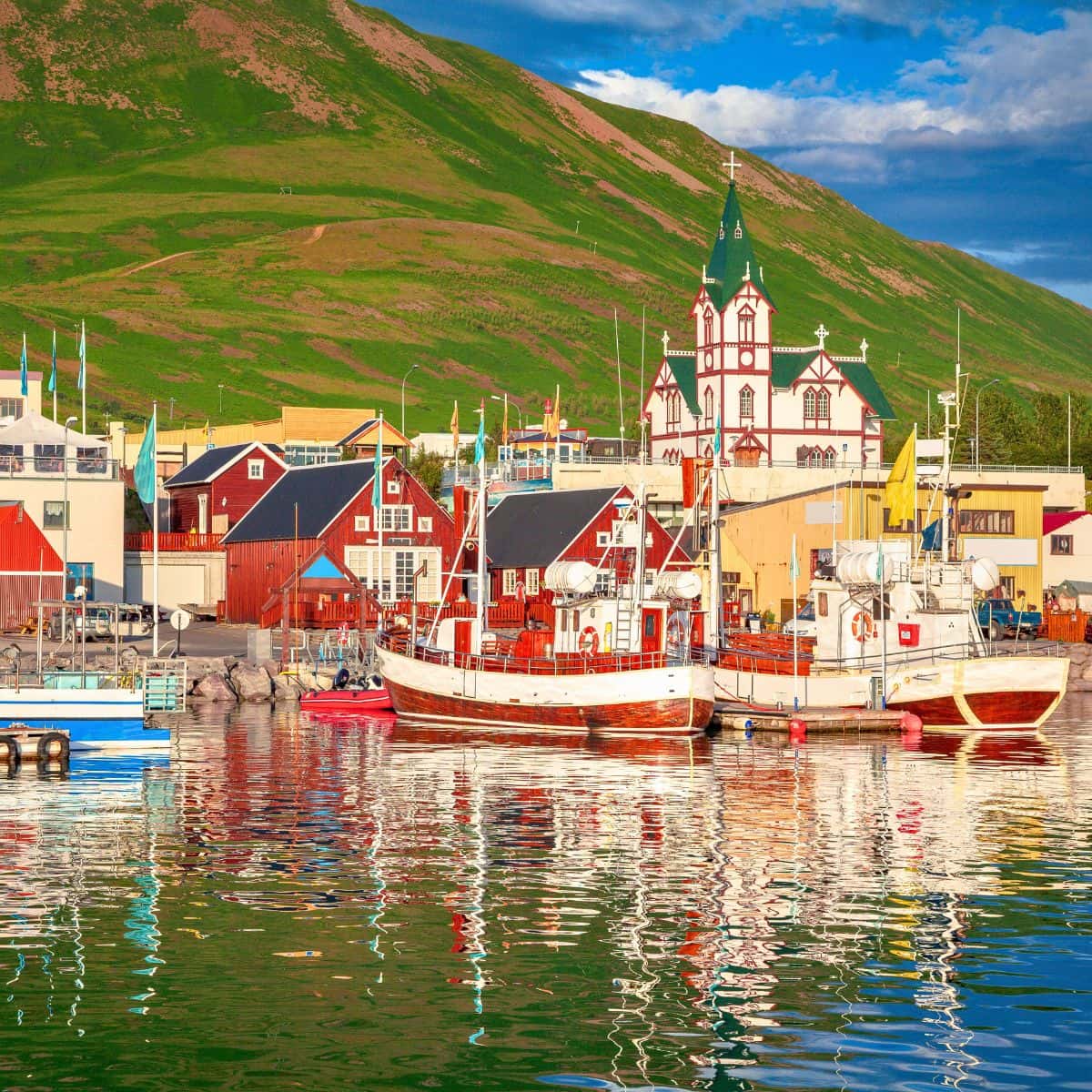
Husavik / Iceland Travel Tips for First-Timers
Reserve A Car As Soon As You Have Your Travel Dates Available
The best way to see Iceland is by renting a car!
Having a car gives you the flexibility to explore at your own pace and see places that organized tours do not go to and are not accessible by public transportation.
It is important to reserve your car as soon as you have your travel dates available. Not only you will have more choices but also ensure that you will get a better rate.
When renting a car in Iceland, it’s important to consider the weather and road conditions, as well as your personal preferences and budget.
Here are a few factors to keep in mind when choosing a rental car for Iceland:
- Season: If you’re visiting Iceland in the winter months, you will need a car with good winter tires, as well as a 4-wheel drive. If you are visiting in the summer, you may be able to get by with a standard 2-wheel drive car.
- Road Conditions: If you are visiting in the summer and going to stick to the main roads, then you are totally fine with renting a 2-wheel drive. However, if you plan on exploring some more remote areas then you need to rent a 4-wheel drive.
- Budget: First of all, rental car prices in Iceland can vary widely, so it’s important to shop around. Second, of course, a 4-wheel drive is going to be more expensive than a 2-wheel drive. Third, if you go with a small 2-wheel drive, you will definitely save on gas. And, finally, if you need an automatic then be prepared to pay more than a manual.
All in all, if your budget allows it, then go with a 4-wheel drive! You will be able to explore some incredible off-the-beaten-path places and do not have to worry about potholes in the road.
Important, if you can only drive a car with an automatic transmission, then make your reservation as early as possible.
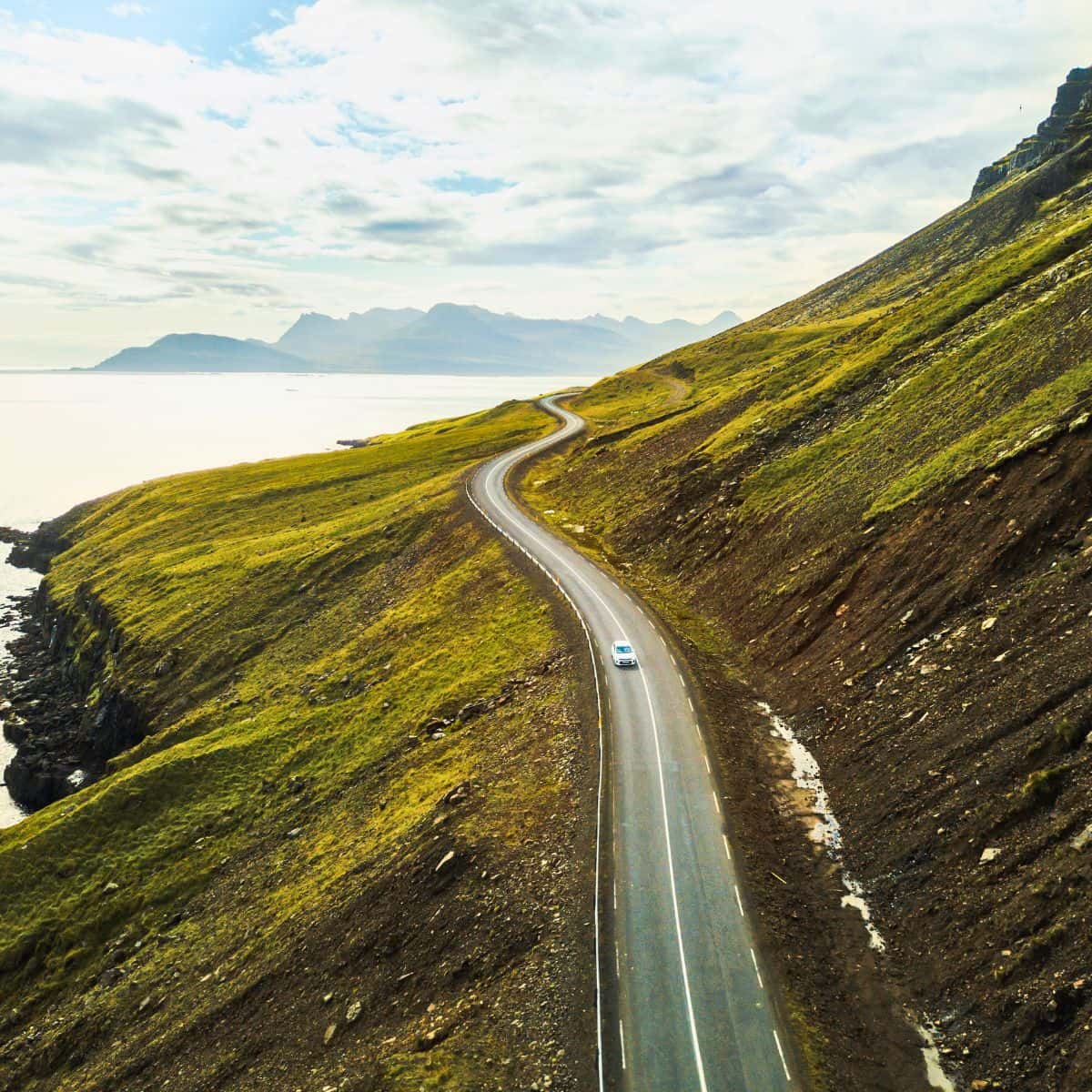
The best way to see Iceland is by renting a car / Iceland Travel Tips for First-Timers
Book Your Flight Early
If you are planning to travel during peak season (June-August), it is best to book your flight at least 4 months in advance.
On the other hand, if you are flexible with your travel dates and can travel during the shoulder season (April-May or September-October), you will be able to find better deals and availability by booking closer to your travel dates.
From my personal experience, flying out of the US, Icelandair has always had the lowest prices. However, shop around, make sure to set price alerts, and keep an eye on flight prices. This can help you determine the best time to book your flight based on your budget and travel dates.
Book All Tours and Attractions Well in Advance
If you are planning to visit the famous Blue Lagoon, then book your tickets at least 4 months in advance. Their Retreat Spa, even though it is very pricy, gets booked at least 6 months in advance.
The same goes for all the tours. Glacier Lagoon, whale watching, glacier hiking, and ice cave tours will be all sold out at least 4-6 months in advance.
Ice Cave in Vatnajokull / Iceland Travel Tips
Pack the Right Clothes
Iceland’s weather is notoriously unpredictable. Summers (June-August) are mild, but temperatures can vary greatly throughout the day. Similarly, with the shoulder season (May-June and September-October), the weather could be very capricious.
It is important to bring clothing that will keep you warm and dry. Layers are key!
Here is a list of clothing items you should consider bringing with you:
- Waterproof Jacket: A waterproof jacket is a must-have for Iceland’s changeable weather. Even in summer, rain and wind can occur at any time.
- Fleece Jacket: A warm fleece jacket is ideal for layering and can be worn alone or under your waterproof jacket on colder days.
- Warm Sweaters: Pack a couple of warm sweaters made from wool or synthetic material. They are great for layering and will keep you warm in cooler weather.
- Quick-Dry T-Shirts: Quick-drying t-shirts are great for warm, sunny days in Iceland. They will keep you comfortable and dry when you’re hiking or exploring.
- Waterproof Pants: Waterproof pants are essential for hiking or any outdoor activity in Iceland. They will keep you dry and comfortable in wet and muddy conditions.
- Hiking Boots: Sturdy, waterproof hiking boots are a must-have for Iceland’s rocky terrain. Make sure they are broken in before you go to avoid blisters.
- Hat and Gloves: Even in summer, it can get chilly in Iceland, especially at night. Bring a warm hat and gloves to stay comfortable.
- Sunglasses: Iceland has long summer days with plenty of daylight, so bring a good pair of sunglasses to protect your eyes from the bright sunlight.
- Swimsuit: Iceland has many hot springs and geothermal pools, so don’t forget to pack a swimsuit.
Overall, packing layers is key for Iceland’s unpredictable weather. Be prepared for sunny, warm weather as well as chilly, rainy days.
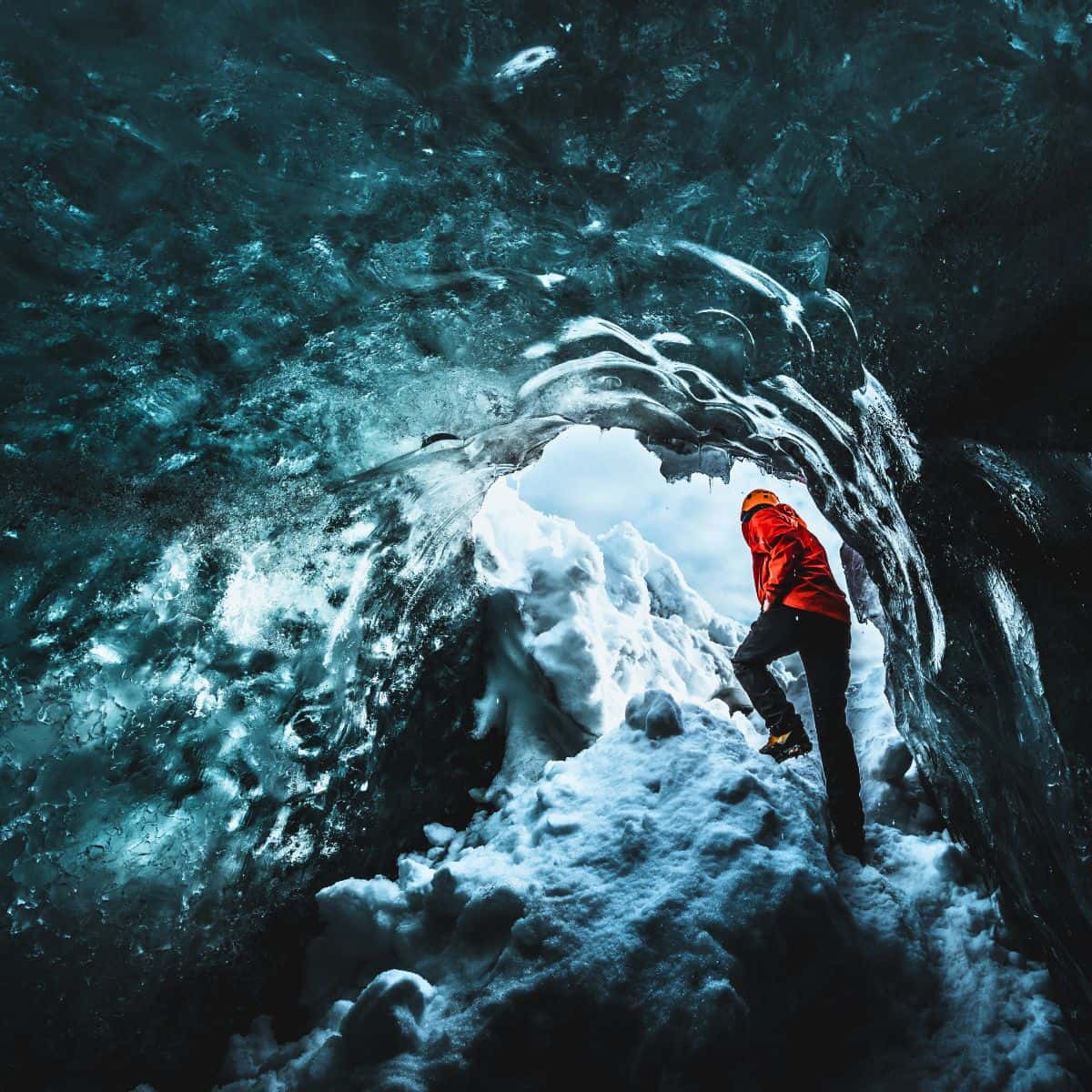
Cave in Vatnajokull Glacier / Iceland Travel Tips for First-Timers
Keep an Eye for Weather Alerts and Road Closures
In Iceland, the weather can change on a whim. You can start your day in gorgeous sunny conditions, be soaked in torrential rain a few hours later, and then drive in heavy fog with zero visibility at the end of the day.
Road conditions can become hazardous very quickly.
Here are some ways to stay up-to-date on Iceland weather alerts and road closures:
- The Icelandic Meteorological Office (IMO) – Vedur – provides up-to-date weather information and alerts on its website, as well as through its mobile app. The website includes information on weather warnings, road conditions, and aviation alerts.
- SafeTravel is an official travel safety service provided by the Icelandic Association for Search and Rescue (ICE-SAR). It provides information on weather and road conditions, as well as emergency contacts and advice for travelers. You can check their website or download their mobile app to stay informed.
- 112 Iceland app is an emergency app that provides location-based information and alerts for travelers. It includes information on weather, road conditions, and emergency services.
- The Icelandic Road and Coastal Administration (IRCA) provides up-to-date information on road conditions and closures on its website. The website also includes webcams to give you a real-time view of road conditions.
It’s essential to regularly check the weather and road condition updates during your trip to Iceland, especially if you plan to drive or do any outdoor activities.
Take any warnings seriously and adjust your plans accordingly to stay safe.
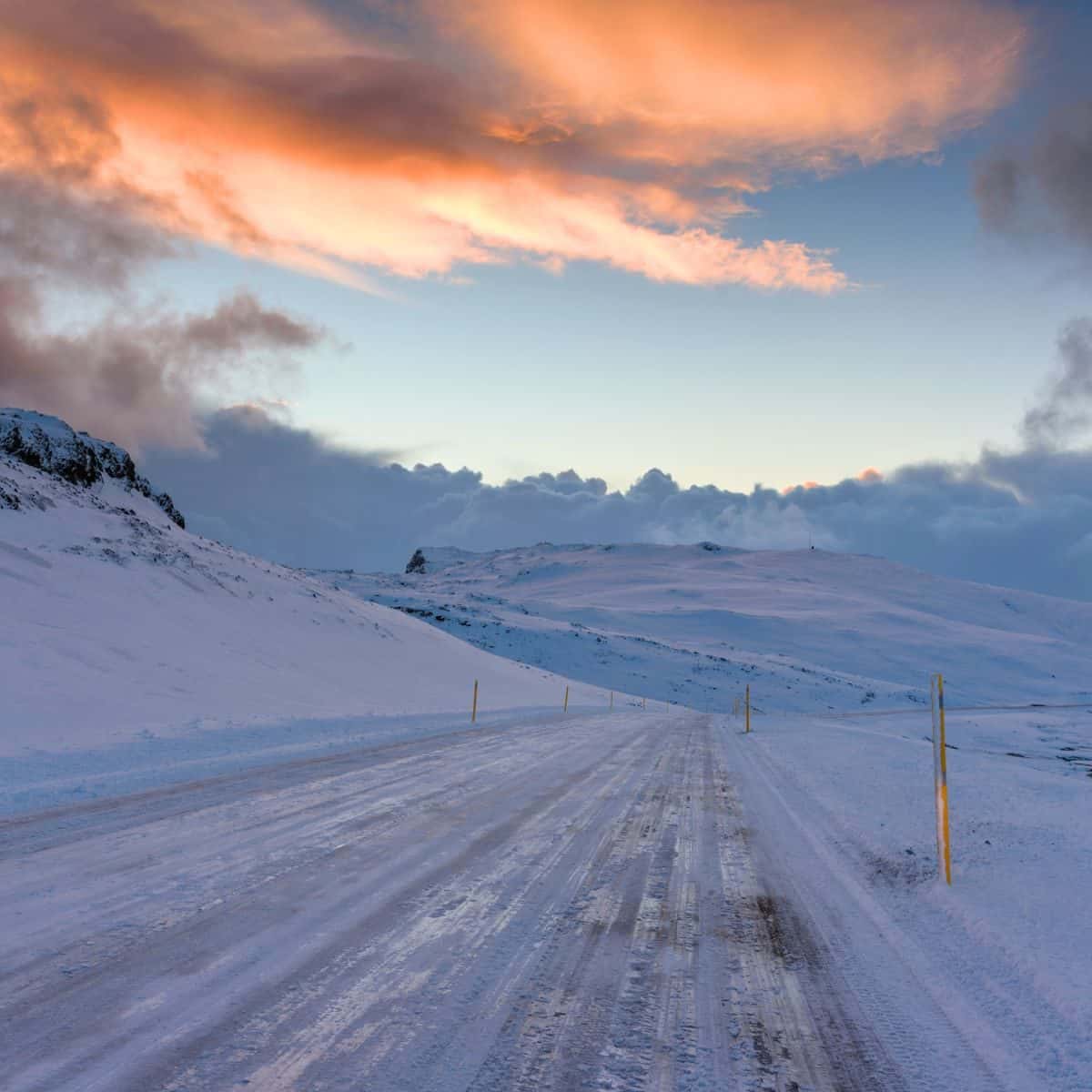
Check the weather and road conditions regularly during your trip to Iceland / Iceland Travel Tips for First-Timers
Do Not Exchange Money
You will not need any cash, so there is no need to exchange money in Iceland. Payments by credit or debit cards are widely accepted everywhere in Iceland.
Make sure to use a credit card that does not charge foreign transaction fees.
Also, make sure that your credit card has a chip and that you have a 4-digit pin number. The pin number is not as crucial in Reykjavik. Most of the places will accept your signature instead of the pin. However, if you are going to be driving in the countryside the self-service gas stations will require a pin number. You. can contact your credit card and they will issue you a pin number. In the US it is mostly used for cash advances.
ATM machines can be found all around Iceland in pretty much all small towns and villages.
If it makes you more comfortable to have some cash on hand, then I would say exchange no more than $50.
The currency in Iceland is the Icelandic Krona (ISK). The exchange rate is approximately 130 ISK to 1 US dollar. However, exchange rates are subject to change and may fluctuate depending on various economic factors.
All in all, Iceland is an expensive country to visit, and prices for goods and services are higher than what you are used to in the United States.
Do Not Underestimate the Sun
While Iceland may be known for its cold weather, it’s important to remember that the sun can be strong, especially during the summer months. It’s a good idea to bring sunscreen and sunglasses, as well as a hat to protect your face and neck.
Iceland is located near the Arctic Circle, which means that during the summer solstice in June, the sun never fully sets, resulting in nearly 24 hours of daylight. This extended daylight means that the sun’s rays are more direct and intense than in other parts of the world.
Additionally, Iceland’s location and the direction of the Earth’s tilt during the summer months mean that the sun’s rays hit the country at a more perpendicular angle, increasing the amount of UV radiation that reaches the surface. This can lead to a higher risk of sunburn and other skin damage, even on overcast days.
Bring a Sleeping Mask in Summer
During the summer months, Iceland experiences nearly 24 hours of daylight due to its high latitude.
Forget, the jet lag, the 24 hours of daylight will mess up your circadian rhythm.
If you are sensitive to light and find it hard to sleep with natural light streaming in, a sleeping mask can be useful! Unfortunately, most hotels in Iceland do not have full blackout curtains, and needless to say, it is very bright in the room.
Here is a sleeping mask that I use when I travel. I bought several of them. They are great!
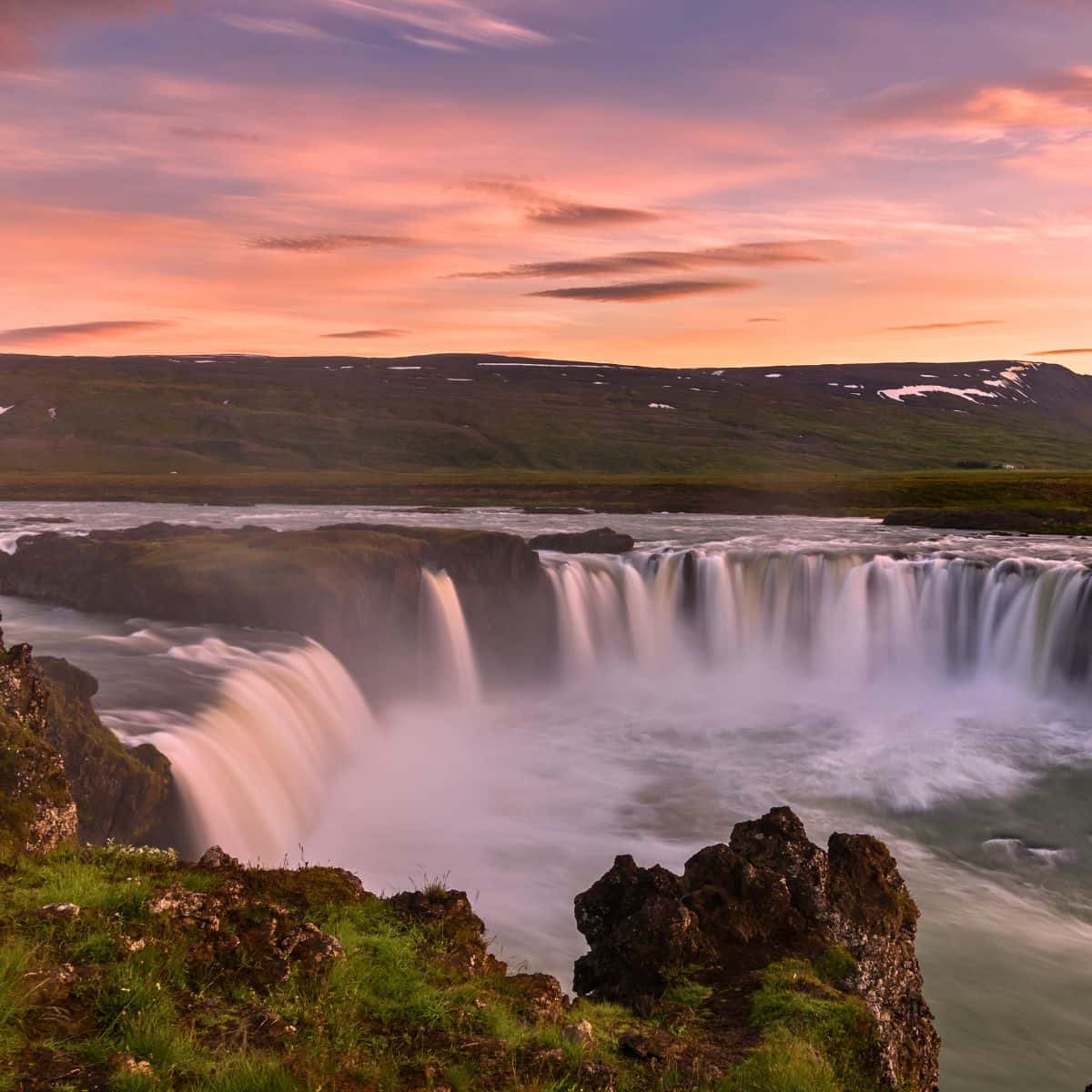
Godafoss Waterfall lit by midnight sun / Iceland Travel Tips for First-Timers
Pack Crampons in Winter
If you are visiting Iceland in the winter months (from November to April), you will need crampons.
The paths around the waterfalls are frozen sheets of ice that are very slippery.
However, even in the summer months, it is still possible to encounter icy patches on some trails.
You do not need expensive crampons. I had my crampons for years. They are easy to use. Just slip them on and off and stow them away in your backpack.
You Do Not Have to Tip in Iceland
Tipping in Iceland is not mandatory or expected.
Many restaurants in Iceland include a service charge in their prices, so it’s always a good idea to check the menu or ask the server if the service charge is included. If a service charge is not included, you may want to leave a small tip of 10-15% for good service.
Personally, I usually tip the tour guides. And, I tip in whatever currency I have available like US Dollars, Euros, or Krona.
You Can Drink Tap Water
It is safe to drink tap water in Iceland.
Iceland has high-quality, pristine water sources, and the tap water in Iceland is sourced from glaciers, lakes, and rivers, and is treated to meet strict quality standards.
Iceland has a high standard of water treatment and distribution infrastructure, and tap water is widely used for drinking, cooking, and other purposes by both locals and tourists alike.
Also, drinking tap water in Iceland is also environmentally friendly! It reduces the use of single-use plastic bottles and helps to minimize the impact on the environment.
It’s always a good practice to carry a reusable water bottle and fill it up with tap water wherever you go in Iceland to stay hydrated while reducing waste.
Be An Alert and Careful Driver
- Iceland has right-hand traffic.
- Most main roads in Iceland, including the biggest parts of the Ring Road, have just one lane and no shoulder.
- Iceland has many single-lane bridges and single-lane tunnels. However, there are signs indicating who has the priority to go first.
- Driving in winter is a whole other story! Expect icy roads, snow, and wind. If you are not used to driving in winter conditions, then book a tour and be safe. It is not worth risking your life!
Know What the F-Roads Are in Iceland
F-roads in Iceland refer to highland roads. They are unpaved and require a four-wheel-drive vehicle to traverse.
The F in F-roads stands for “Fjallvegur” which means “mountain roads” in Icelandic.
These roads are only open during the summer months, typically from late June to early September, depending on the weather conditions. During the winter, these roads are closed because of snow and ice.
The F-roads are numbered and marked with signs, but they are not maintained to the same standard as the main roads in Iceland.
Driving on these roads can be challenging.
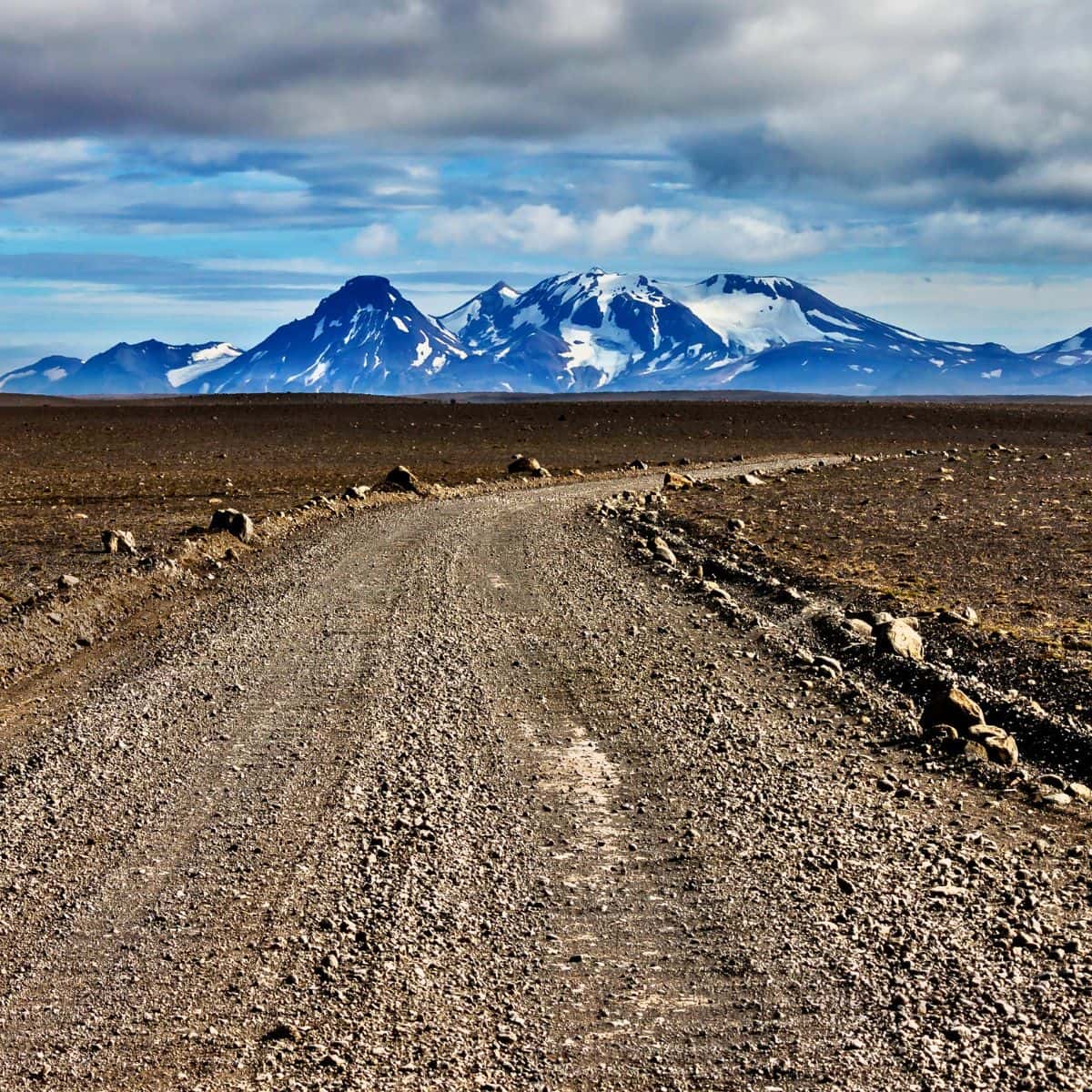
Road F-35 / Iceland Travel Tips for First-Timers
Pack European Travel Adapters
Iceland uses Type F electrical outlets, which are also known as Schuko outlets or “European plugs.” Type F electrical outlets are compatible with plugs that have two round prongs.
Also, Iceland uses a 220-240 volt electrical system, which is different from the 110-120 volt system used in North America.
Make sure to check the voltage rating of your devices before plugging them in, and use a voltage converter or transformer if necessary.
Do Not Try to Buy Alcohol in Supermarkets
In Iceland, the sale of alcohol is highly regulated and is only allowed in state-owned stores called Vínbúðin (The Wine Store).
Supermarkets and convenience stores do not sell alcoholic beverages in Iceland.
The legal drinking age in Iceland is 20 years, and you may be required to show a valid ID when purchasing alcohol.
Additionally, the sale of alcohol is restricted during certain hours, and there are strict regulations on the advertisement and promotion of alcoholic beverages in Iceland.
Stock Up on Groceries and Prepare Your Own Meals
Eating out in Iceland is expensive as the cost of living is high. The high costs in Iceland are mainly due to factors such as its remote location, limited agricultural production, and reliance on imports for many goods, including food products. Additionally, Iceland has a relatively high minimum wage, which can contribute to higher labor costs in the service industry, including restaurants.
As a general guideline, the average cost of a meal at a mid-range restaurant in Iceland can range from 3,500 to 7,500 Icelandic Krona (ISK) per person, which is approximately equivalent to 25 to 55 USD per person.
My recommendation is to stock up on groceries and prepare your own simple meals.
There are several supermarket chains and grocery stores that are commonly found throughout the country. Some of the major supermarket chains in Iceland include:
- Kronan – Kronan is a popular supermarket chain in Iceland with multiple locations throughout the country. They offer a wide range of groceries, including fresh produce, dairy products, meat, frozen foods, snacks, and household items.
- Bonus – Bonus is another well-known supermarket chain in Iceland that is known for its competitive prices. They offer a variety of groceries, including fresh produce, meat, dairy products, frozen foods, and other household items.
- Netto – Netto is another supermarket chain in Iceland that offers a range of groceries, including fresh produce, dairy products, meat, frozen foods, and household items. They are known for their focus on providing fresh and locally produced products.
- Hagkaup – Hagkaup is a larger supermarket chain in Iceland that offers a wide range of groceries, as well as household items, clothing, electronics, and other goods.
- Samkaup – Samkaup is a smaller supermarket chain in Iceland with a focus on providing fresh and locally sourced products.
- Vídir – Vídir is another smaller supermarket chain in Iceland. They are known for their focus on providing high-quality and locally sourced products.
Bathe in a Geothermal Pool or Natural Hot Springs
Bathe in a geothermal pool or a natural hot spring at least once on your Iceland trip!
Icelanders have a strong connection to their natural hot springs and geothermal pools and they are abundant due to the country’s volcanic activity. Bathing in hot springs and geothermal pools has been a part of Icelandic culture for centuries.
One popular Icelandic tradition related to bathing is “laugardagurinn langi,” which translates to “long Saturday.” This tradition involves taking a leisurely soak in a hot tub or hot spring on Saturdays, often accompanied by good company, conversation, and refreshments. It is seen as a way to relax, unwind, and enjoy the healing properties of geothermal waters.
Bathing in Iceland is not only considered a tradition but also has health benefits. The geothermal waters are known for their high mineral content, which is believed to have therapeutic properties and can help ease various ailments such as muscle soreness, joint pain, and skin conditions.
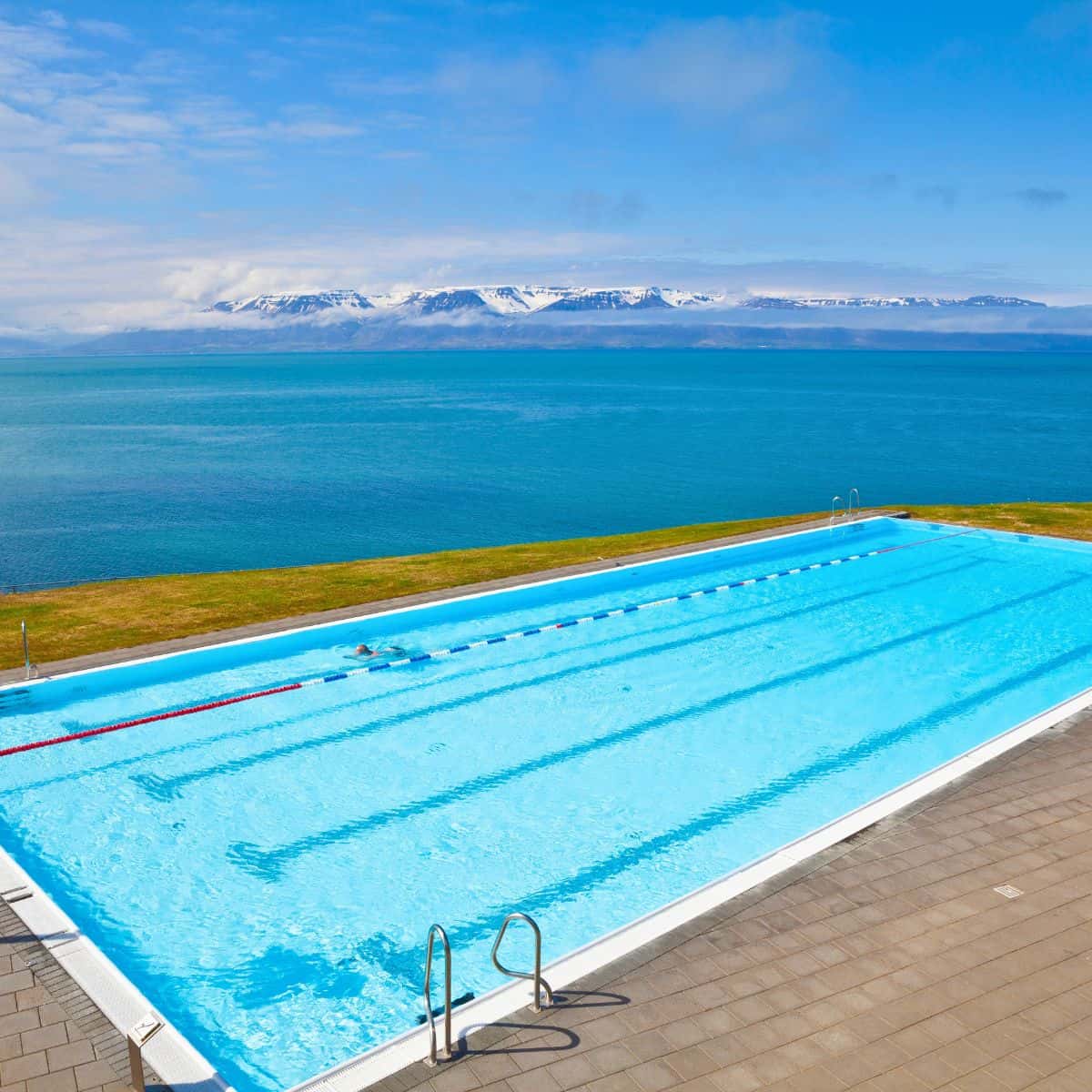
Infinity Geothermal Pool in Hofsos / Iceland Travel Tips for First-Timers
Get to Know the Locals and Learn a Few Phrases in Icelandic Language
From my personal experience, I have to say that Icelanders are friendly and welcoming to visitors. You will notice how proud they are of their country and how eager they are to share their unique culture, tell you about the natural wonders, and give directions. So, don’t be shy and talk to the locals.
Icelanders are used to interacting with tourists. Tourism and services are important industries in Iceland.
Most Icelanders speak English fluently. Communicating should not be a problem at all.
However, being polite, appreciative, and respectful is always good etiquette. Also, it is always a good idea to learn a few phrases when you are visiting a foreign country. In my opinion, it shows respect and I am sure Icelanders will appreciate your efforts.
Here are some useful Icelandic phrases that you may find handy during your visit:
- Halló – (Ha-loh) Hello
- Bless – (Blehss) Goodbye
- Já – (Yow) Yes
- Nei – (Nay) No
- Takk – (Tahk) Thank you
- Vinsamlegast (Vin-sam-leh-gahst) Please
- Fyrirgefðu (Feer-ir-gef-thu) Excuse me
- Hvað kostar þetta? (Kva-th kos-tar thet-ta) How much does this cost?
- Hvar er…? (Kvar er…?) Where is…?
- Skál! (Skowl) Cheers!
- Góðan dag (Go-than dag) Good day
- Góðan kvöld (Go-than kvöld) Good evening
- Hvað heitir þú? (Kva-th hai-tir thu) What is your name?
- Ég tala ekki íslensku (Yeh tala e-kki ees-len-sku) I don’t speak Icelandic.
- Hjálpaðu mig, vinsamlegast (Hyowl-pa-thu mig, vin-sam-leh-gahst) Help me, please.
- Talaðu ensku? (Ta-la-thu en-sku?) Do you speak English?
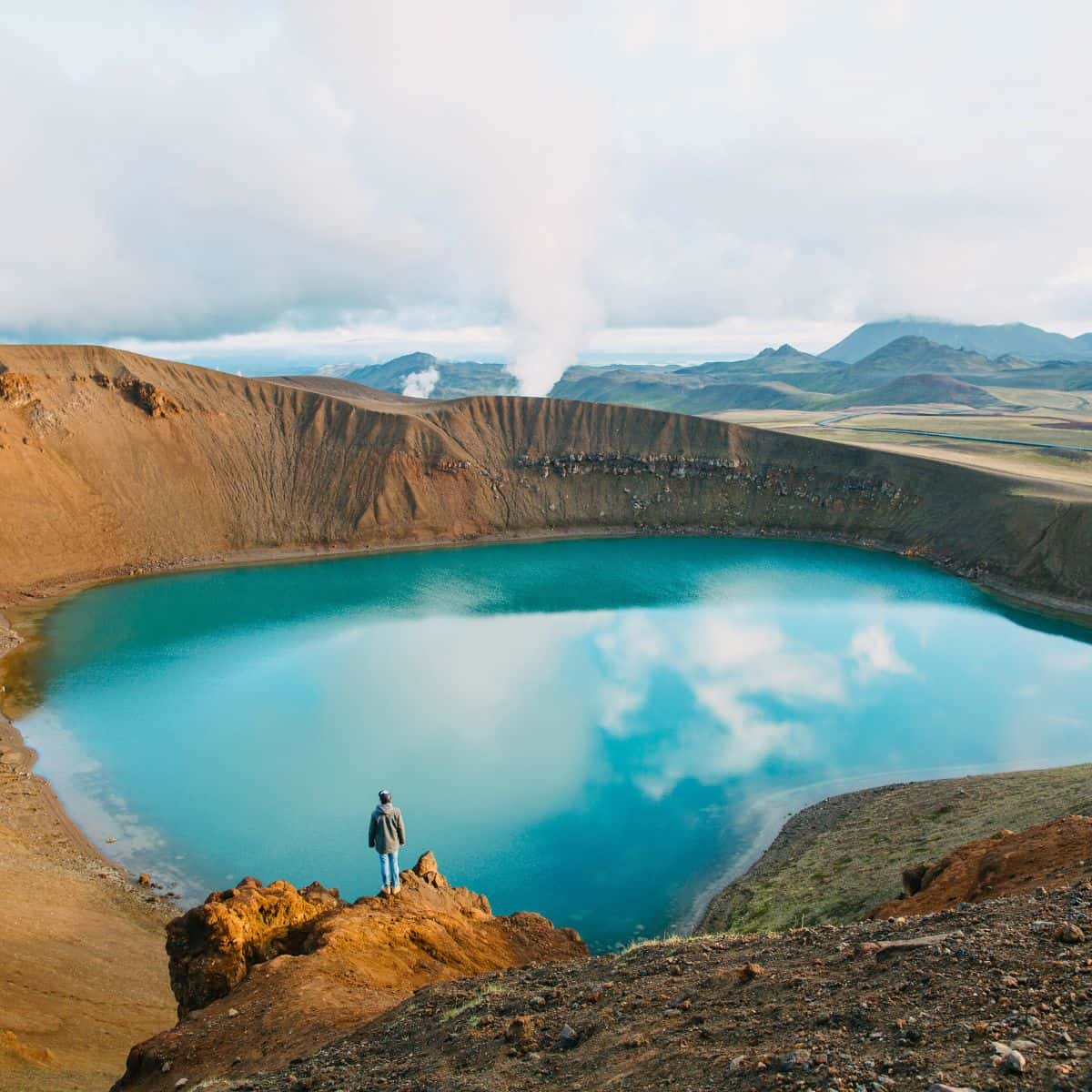
Krafla Viti Crater / Iceland Travel Tips for First-Timers
Camp in Designated Sites
If you are planning on camping in Iceland, then make a note that most campgrounds are open between May and September. There is a handful of campgrounds open year-round, however camping in winter, even in a campervan is not fun. Also, make reservations at least 4 months in advance.
Camping is allowed only in designated camping areas or campsites, and wild camping (camping outside designated areas) is generally not permitted.
Respect Iceland’s fragile environment and follow the “Leave No Trace” principles, which include packing out all your trash, not disturbing wildlife, and leaving the campsite as you found it.
Open fires are strictly prohibited in most camping areas in Iceland. Use camping stoves or other designated facilities for cooking.
Follow the Rules at Public Swimming Pools/Lagoons
One of the rules that probably might surprise you is that you are required to shower before using a public pool or a lagoon. Actually, it is a common practice in many public pools around the world for several important reasons:
- Hygiene: Showering before entering a pool helps to remove dirt, sweat, oils, and other contaminants from the body,
- Chemical balance: The substances on our skin, such as lotions, perfumes, and sweat, can mix with pool water and affect the chemical balance of the pool.
- Water quality: Showering before entering the pool can help minimize the introduction of debris, such as dirt, hair, and lint, into the pool water. This can help keep the pool water clear and clean and reduce the need for excessive filtration or chemical treatment.
- Health and safety: Showering before using a pool is an important step in preventing the spread of recreational water illnesses (RWIs), which are caused by germs that can survive in treated pool water.
- Respect for other swimmers: Showering before using a pool is also a way to show consideration and respect for other swimmers.
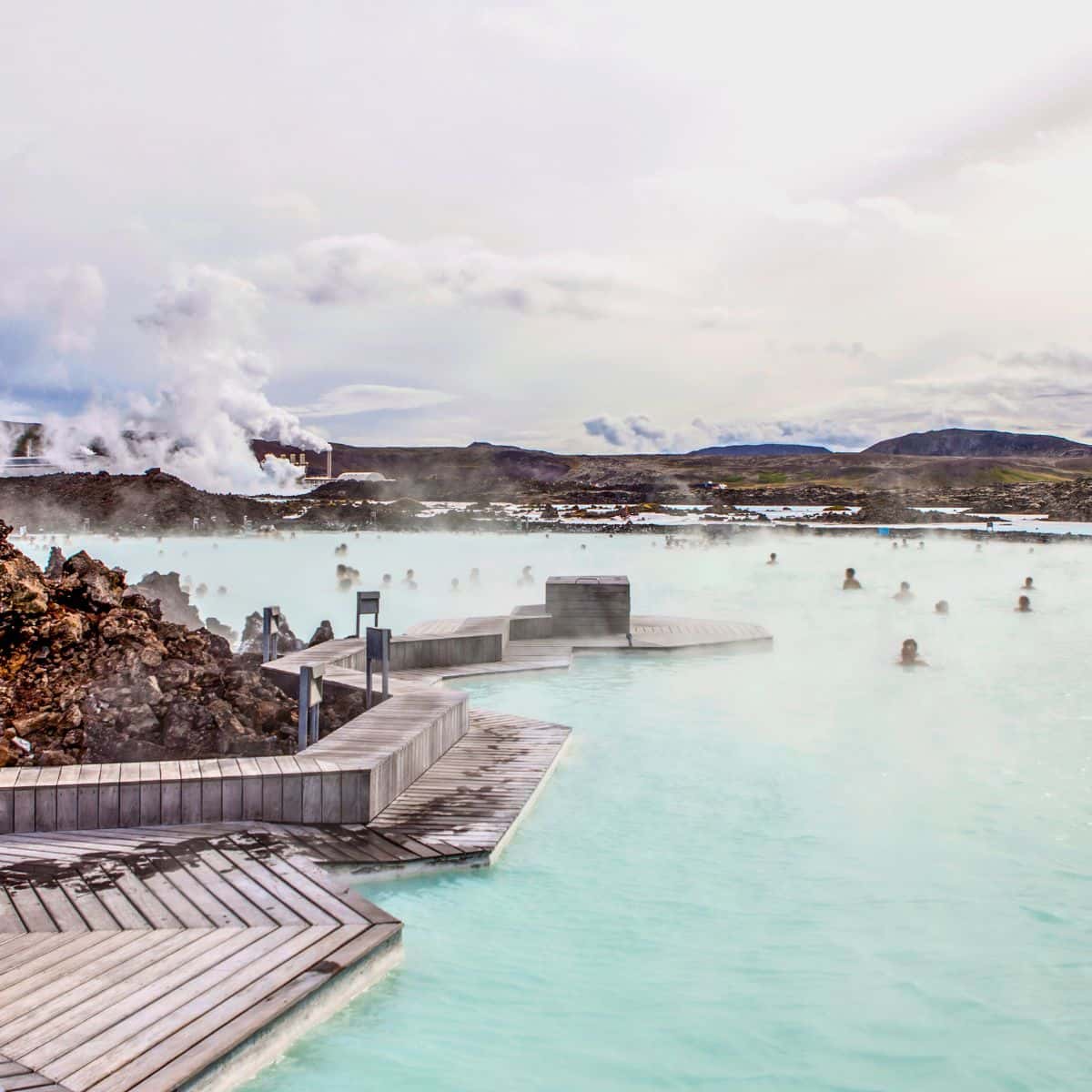
Blue Lagoon / Iceland Travel Tips for First-Timers
Learn the Roundabouts Rules
Iceland’s roundabouts have an inner lane and an outer lane and the inner lane always has the right of way. All vehicles in the outer lane must yield.
The only reason you should be in the outer lane is if you are taking the first exit in the roundabout. Otherwise, you should always be in the inner lane.
Use your turn signals to indicate your intended exit before you reach it.
Did You Iceland Travel Tips Useful?
Why Not Save It to Your Pinterest Board!
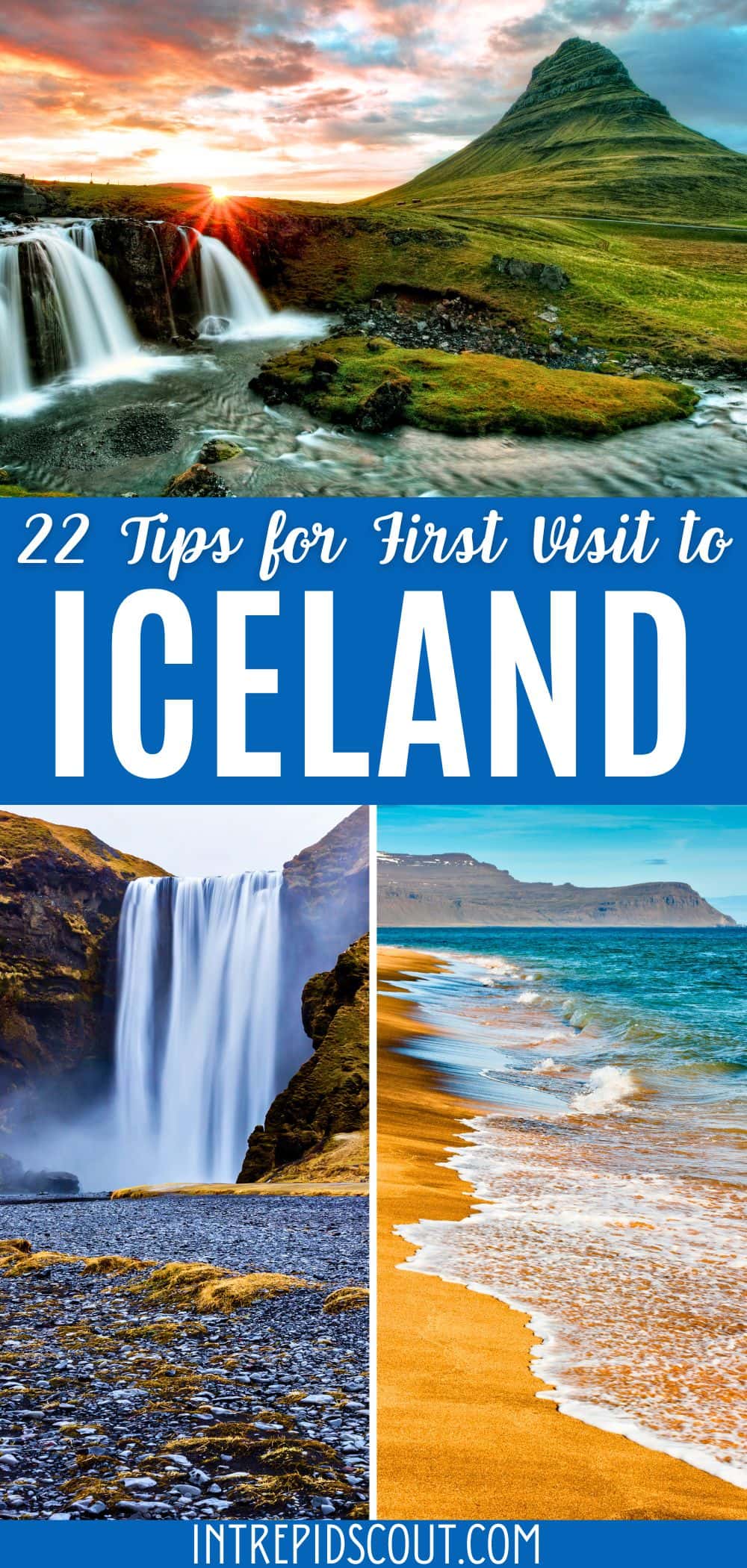
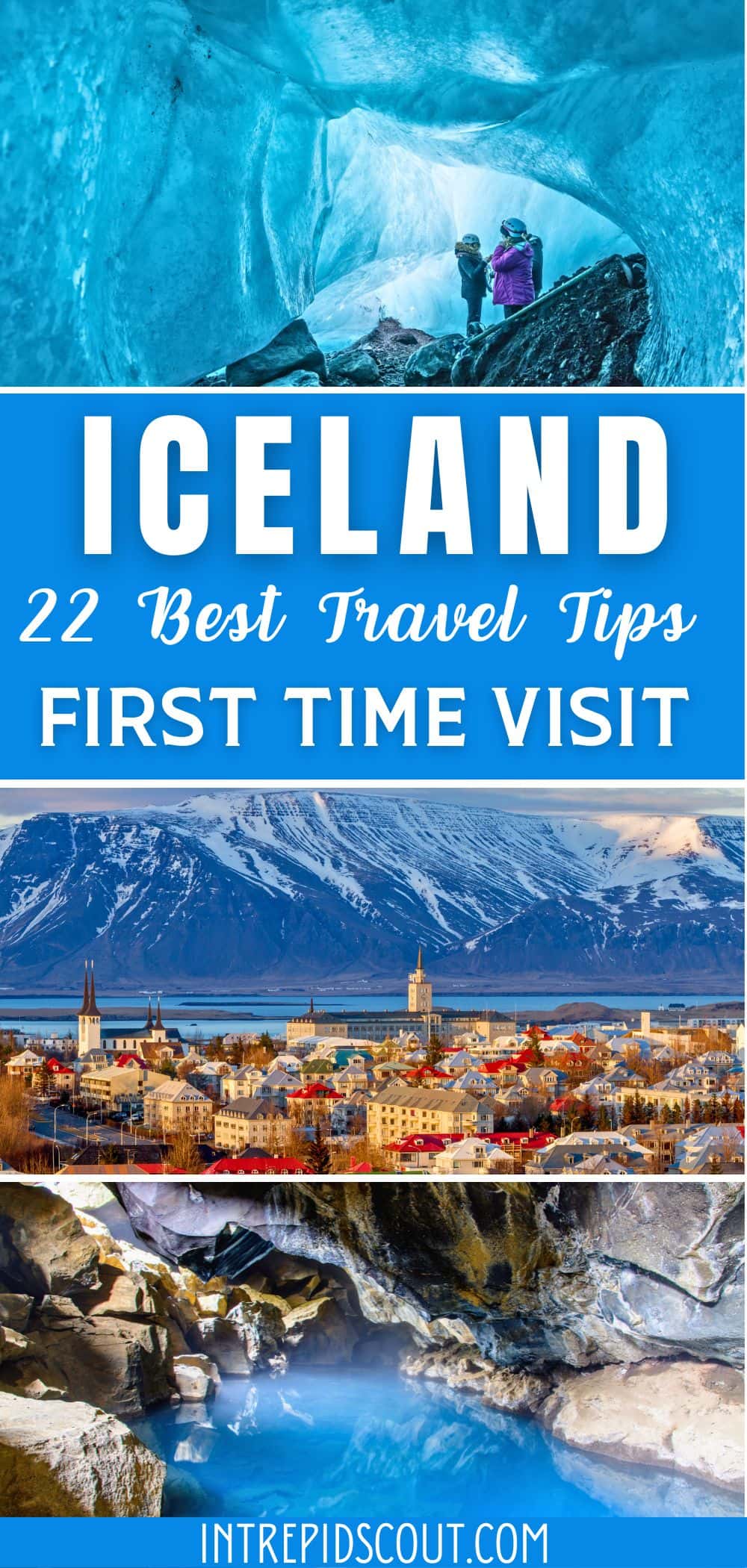
Now, It Is Your Turn, I Would Like to Hear Back from You!
Are you planning your trip to Iceland?
Please let me know! Drop me a quick comment right below!
Click on any of the images below to get inspired and to help you with the planning process for your trip to Iceland!
